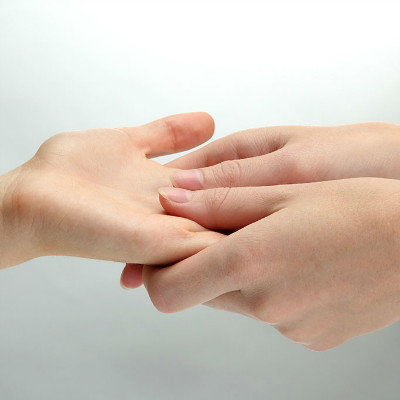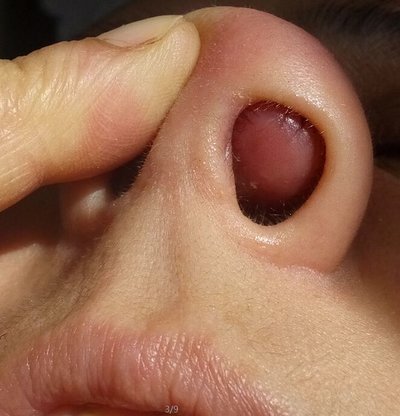What are the early symptoms of dental calculus?
summary
Dental calculus is a kind of mineralized plaque deposited on the tooth surface. As long as the cause of the disease is found, the treatment is not very difficult. Attached to the surface of teeth is very tight, general brushing is not brush off, must use instruments to scrape off. Now let's share the knowledge about the early symptoms of dental calculus
What are the early symptoms of dental calculus?
First, supragingival calculus is located on the tooth surface above the gingival margin. It can be seen with naked eyes. It is generally large in volume, loose in texture, yellow or white in color. It can also be darkened due to smoking or pigmentation. It deposits more near the gum, especially in the opening of the large salivary gland duct. This is because the main source of inorganic salts of supragingival calculus is calcium in saliva Phosphorus and other mineral salts are similar to the formation of scale. Where there are salivary glands, saliva secretion is rich, and stones are easy to deposit.
Second: the subgingival calculus is located on the heel surface below the gingival margin, in the gingival pocket or periodontal pocket, which can not be seen directly by naked eyes. Only by probing with a probe, can we know the deposition site and amount. It is small and hard, brown or black, which is more firm than the supragingival calculus. Subgingival calculi are mainly mineral salts provided by gingival crevicular fluid and exudates.
Third, the relationship between calculus and periodontal disease is very close. The results showed that in the aseptic state, simple rough calculus, mechanical stimulation to gingiva, did not cause obvious gingival inflammation. The harm of dental calculus to periodontal tissue mainly lies in that it forms a good environment for plaque attachment and bacteria breeding; At the same time, the presence of dental calculus itself is not conducive to brushing and flossing, hindering the maintenance of oral hygiene, thus accelerating the formation of plaque and further stimulating gingival tissue; In addition, like a sponge, dental calculus itself is easy to absorb more bacterial toxins, causing stimulation to soft tissues, causing gingival congestion, edema and bleeding when brushing teeth.
matters needing attention
Supragingival calculus can be removed by ultrasonic or manual cleaning. Because of the deep position of subgingival calculus, once it is formed, it is impossible to clear it by brushing and flossing. It can only be removed by "deep cleaning", subgingival scaling and heel leveling. At this time, it is recommended to seek professional dental treatment.













